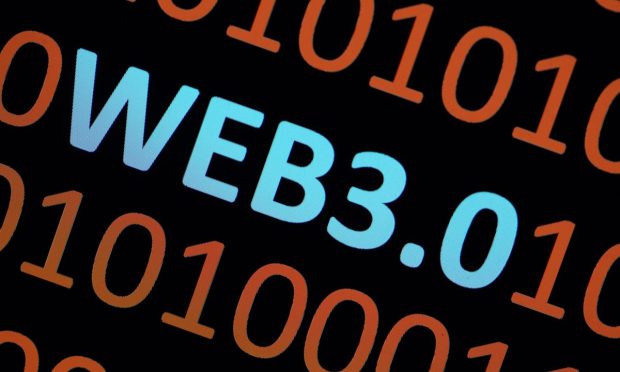Calling Web3 Corrupted by VCs, Twitter Founder Jack Dorsey Pitches Web5

DEK: The Block CEO wants to build a decentralized web, but doesn’t believe the current vision of a blockchain-based internet — where people control their own identity — will work. So, he’s building his own.
Block CEO and Twitter founder Jack Dorsey has made very clear that he is a Web3 skeptic, and now he says he has something better: Web5.
Calling the widely hyped, next-generation version of the World Wide Web something of a fraud, Dorsey has said for months that the current vision of Web3 as a censorship-free place built on a blockchain foundation and designed to give individuals control of their personal information — in order to break the stranglehold of big tech firms — is pie in the sky.
While that sounds nice, he said late last year that Web3 “will never escape” the venture capitalists funding its development. “It’s ultimately a centralized entity with a different label,” he warned.
See also: Musk, Dorsey Hint VC Money Puts Web3 Vision at Risk
Web5, Dorsey announced earlier this month, will probably be his “most important contribution to the internet.”
It is built on bitcoin, which it will use as a payments layer. That fits in with Dorsey’s long-held opinion that bitcoin will ultimately be the only payments cryptocurrency used.
Web3 Versus Web5
Created by TBD, part of Cash App developer Block, Web5 is not, despite its name, a more advanced version of Web3. The number five actually comes from adding Web3 to the Web2 framework we currently have.
It wants to get to the same place as Web3 — a decentralized internet. But Dorsey believes that Web3 is taking the wrong way to get there.
Instead of building a whole new version of the web using blockchain technology, Web5 simply adds a new blockchain-based layer with personal identity control on top of the existing World Wide Web.
“The web democratized the exchange of information, but it’s missing a key layer: identity,” TBD explained. “We struggle to secure personal data with hundreds of accounts and passwords we can’t remember. On the web today, identity and personal data have become the property of third parties.”
Web5, on the other hand, “brings decentralized identity and data storage to your applications. It lets developers focus on creating delightful user experiences, while returning ownership of data and identity to individuals.”
Does It All Add Up?
While Web3 has a lot of support in the crypto and blockchain (and VC) world, it is still a fairly vague concept. If you look at the marketing of mainstream companies, it’s already starting to be thought of — wrongly — as a sort of metaverse version of the Web. That’s at odds with Web3 proponents’ vision, which has the immersive virtual reality worlds as one part — to an extent one really big app — of a broader network.
And both Web3 and Web5 do rest on an “if we build it, they will come” assumption that big tech firms, for whom people’s personal data is the product and profit center, will go along, together with the many commercial enterprises that buy that data.
Additionally, Web3 websites are built on blockchains and would keep content on decentralized storage also built on blockchains, rather than in existing cloud storage. Consequently, switching to Web5 won’t be a simple matter of porting data — sites will likely require a ground-up rebuild.
Web5 has three core components: decentralized identifiers, verifiable credentials and the decentralized web nodes upon which decentralized apps and protocols — the web’s content, aka “decentralized web apps” — would be built.
Decentralized IDs, or DID, would be self-generated and self-owned, and not require a centralized service provider or trusted authority. They are where all of person’s personal data would reside.
Verifiable credentials boils down to self-sovereign identity, and all payments would be made with bitcoin. That raises the same scalability questions about how well the bitcoin blockchain will be able to cope with being a major payments rail.
See more: Bringing Bitcoin Firmly into Payments, Strike Partners with NCR, Shopify, Blackhawk
The problem with Web5 is that Web2 and Web3 don’t necessarily play well together.
“A benefit of centralized internet, Web2, is the ability to employ verification and identity assurance,” Jonny Clark, co-founder of compliance firm GDPR Defender, told EuroNews.Next earlier this month. “The benefit of the decentralized internet, Web3, is bypassing central ownership and enabling true anonymity.”
With Web5, “you’re still relying on an expensive document that is connected, in some form, to a central database,” he said. “We have seen loads of identity apps and cards spring up over the years, but none of them have ever really hit mass adoption in the markets — largely because they’re centralized, operating on a proprietary architecture, and suffer from all of the usual challenges of scaling an app.”
Sign up here for daily updates on all of PYMNTS’ Crypto coverage.